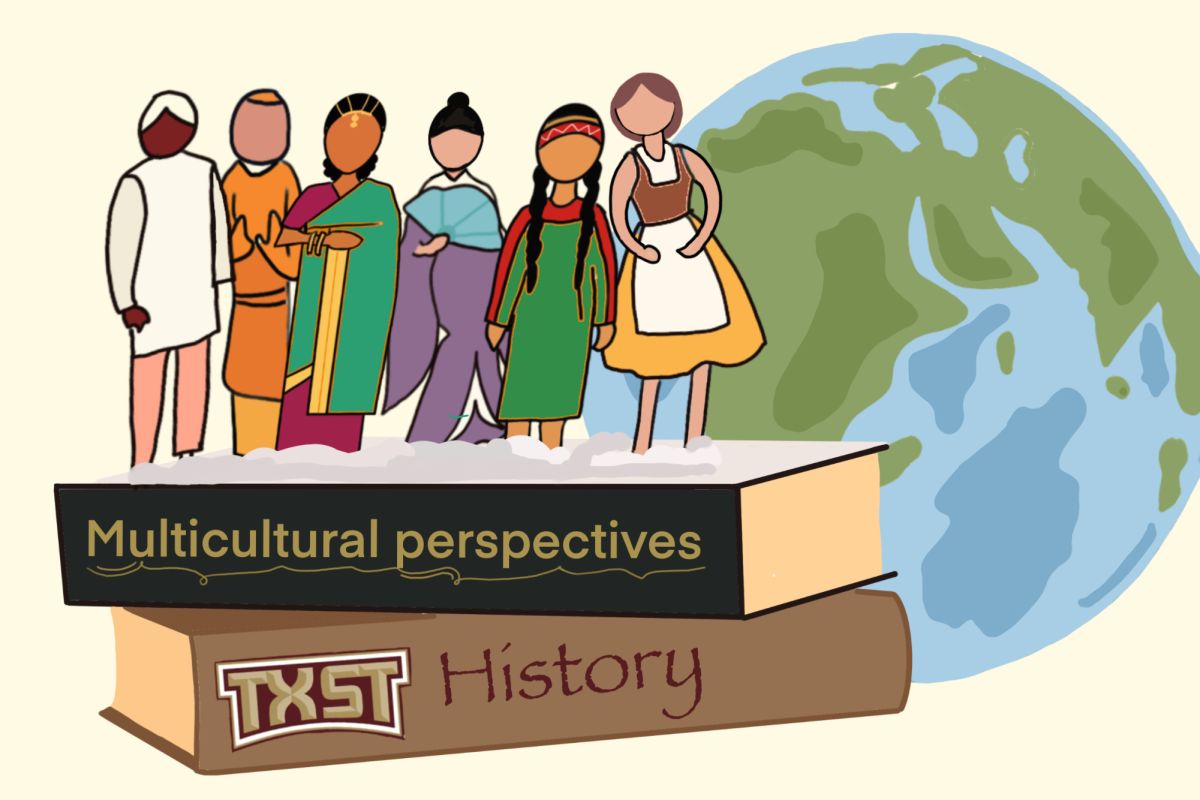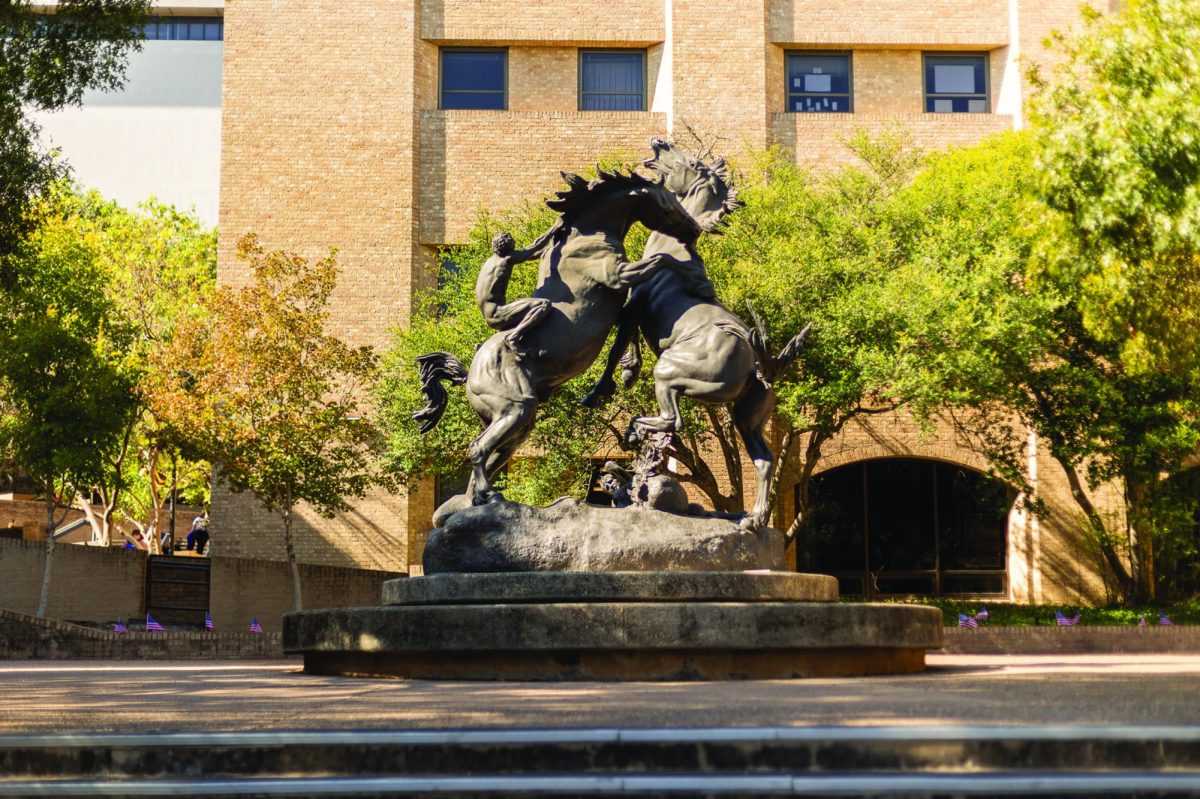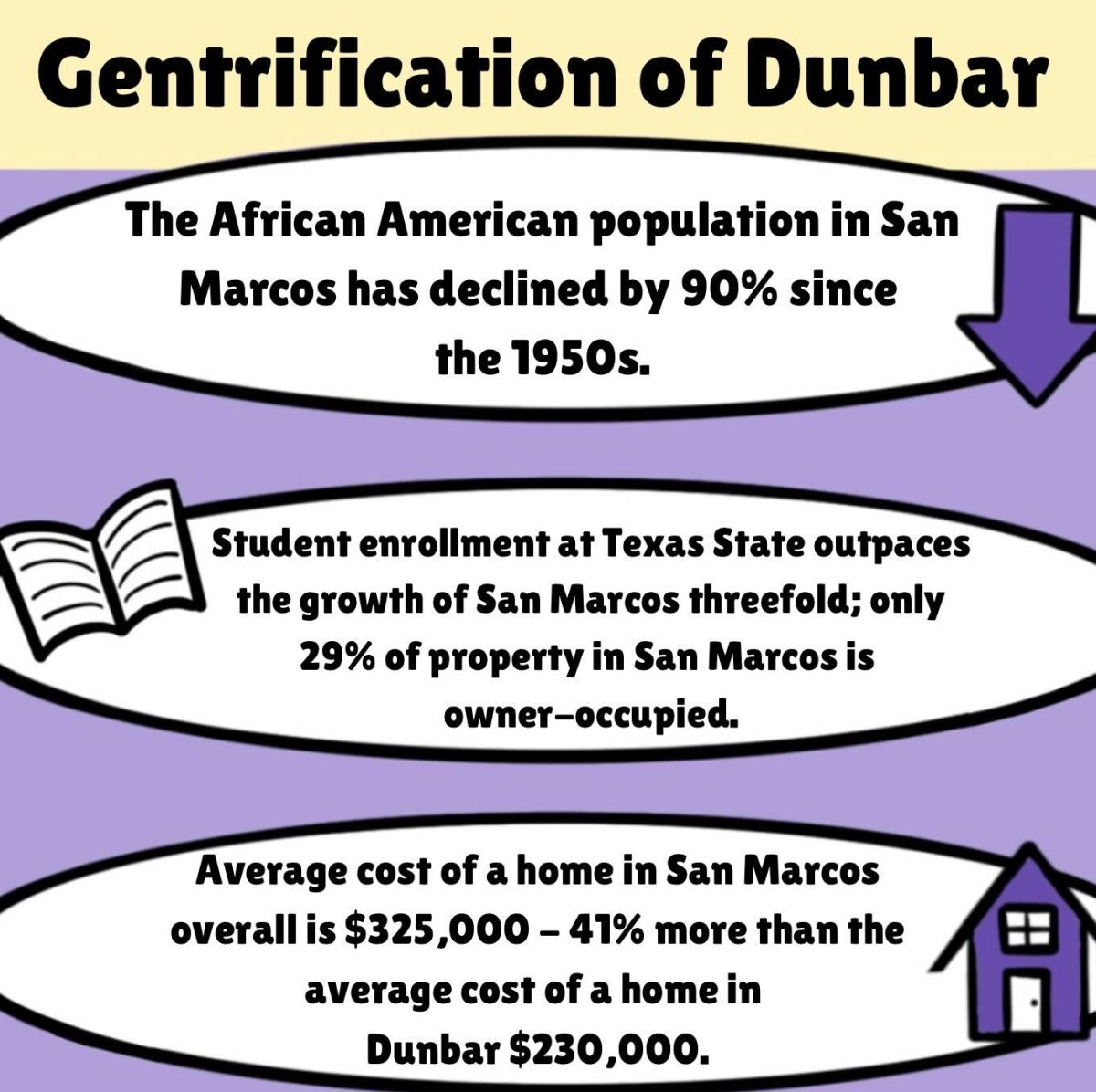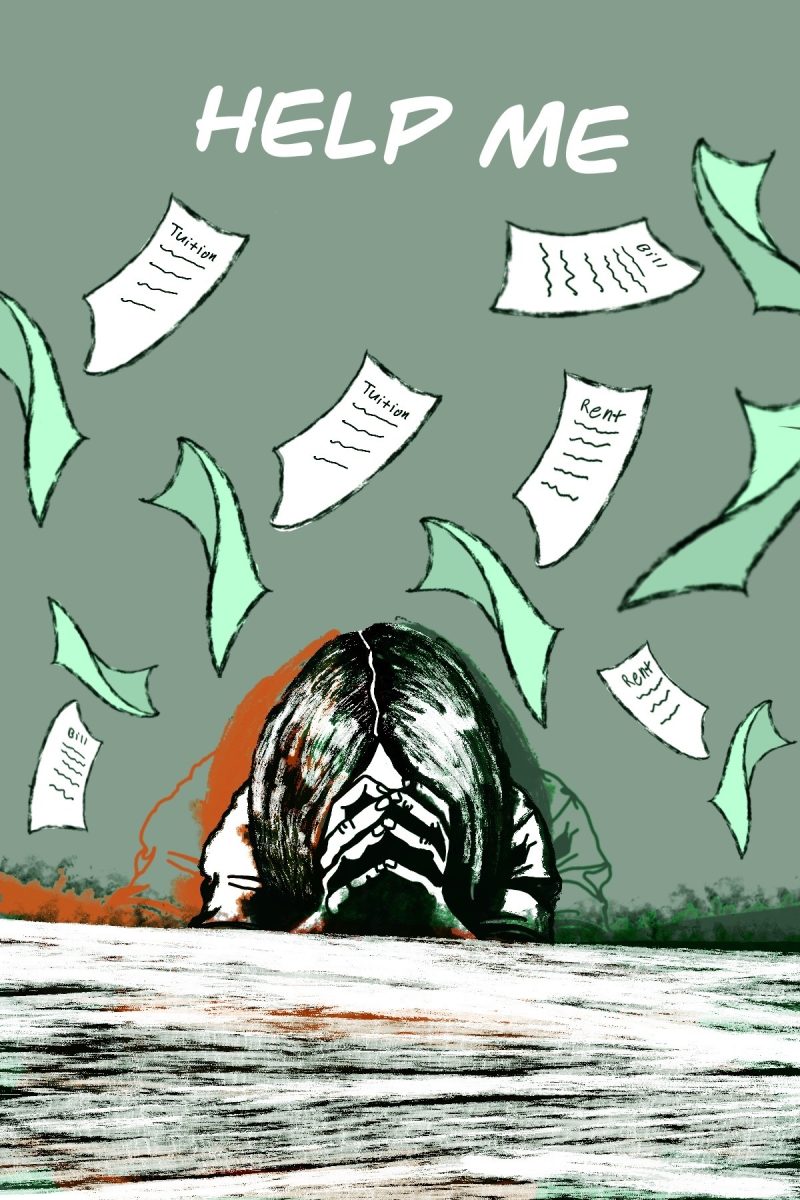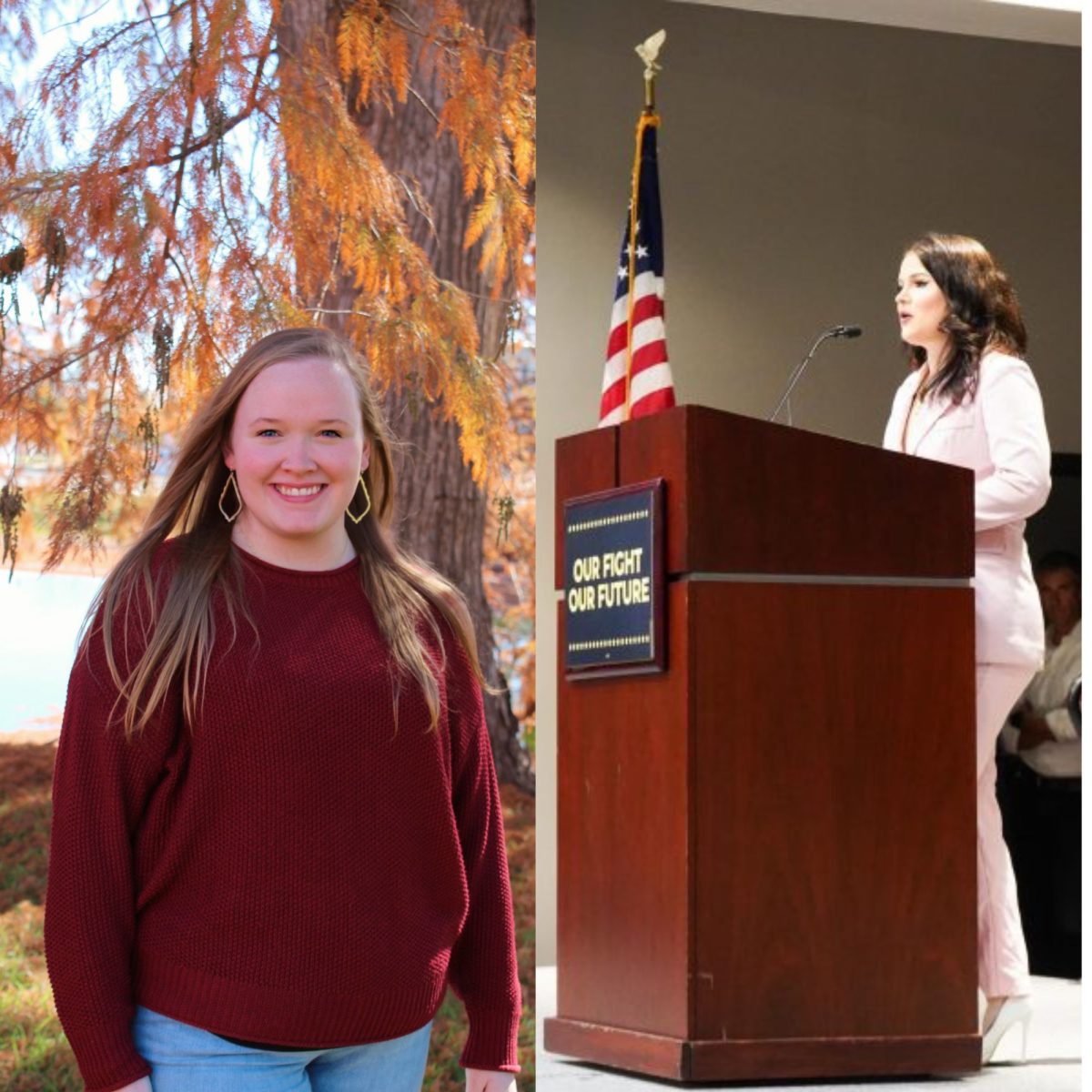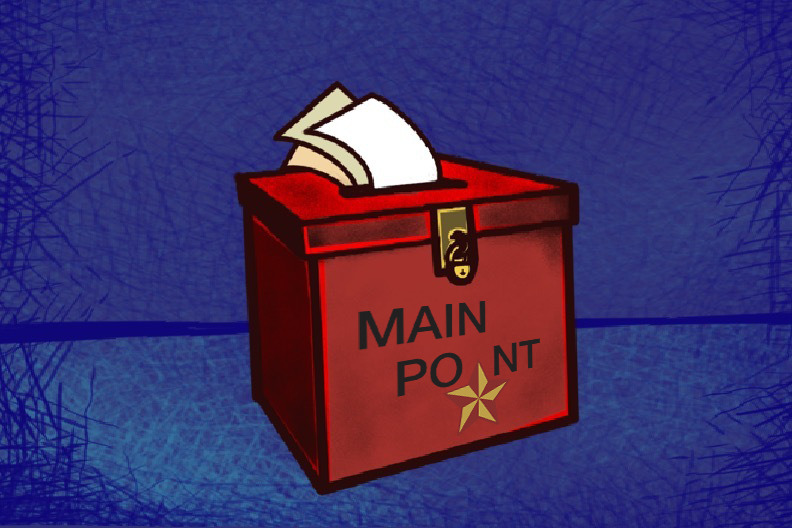The current public transportation system in San Marcos leaves students and residents stranded or entirely car-dependent at night and on weekends.
Students can rely on the Bobcat Shuttles to travel to campus from home, but this only applies at specific times. In the evenings and throughout the weekends, residents find themselves without an accessible and reliable means of transportation.
As it continues to grow at a rapid pace, San Marcos and Texas State should look to expand its infrastructure to include dependable public transportation.
Throughout the day, thousands of students living off-campus will step onto the buses provided by the university.
According to transportation services, over 27,000 rides per day by the university. In terms of providing students access to and from campus during weekdays, Bobcat Shuttles are an excellent means of transportation. Not only are the shuttles reliable in their travel times and overall efficiency, but students riding the bus in the mornings and afternoons can take time to catch up on readings or homework.
But the reliability of the Bobcat Shuttle system ends as the day begins. From the morning until the early afternoon, wait times are short and average 15 minutes. Later, routes become more prolonged and wait times double.
By 10:30 p.m., the last buses make their final rounds. Wait times during the night average 50 minutes. Saturdays have only two available routes with wait times of over an hour. On Sundays, there are no shuttles.
Making sense from the university’s viewpoint as classes and school events are infrequent past certain times and during the weekends. However, students have more going on in their lives outside of attending classes. For example, they must depend on a car to go to work, shop for groceries, or have any reason to visit the other side of the city.
According to the CDC, across the United States, about 1,000 bicyclists die, and over 130,000 are injured. 27% of those deaths occur at intersections. With no dedicated bike lanes and roads designed to move cars as fast as possible without worrying about pedestrians or cyclists, which is especially true at the many intersections along I-35, even a bike isn’t enough for adequate travel.
Bobcats who cannot afford to live in walkable areas of the city can find themselves in a real predicament. If they do not have the means to buy a car, how can they expect to see a sufficient-paying job to pay for one if their only options for such employees are in parts of the city not easily accessible to them?
Students’ lives downtown are very different from those living in car-dependent city areas. For example, one of the newest student-living apartment complexes built in downtown San Marcos, The Parlor, has rates up to $2,505 per person. Though these may be great options for those who can afford them, access to downtown and its amenities shouldn’t be exclusive.
It is only a short walk from these apartments to grocery stores and dozens of businesses that provide employment opportunities. Climbing the hill to campus is a bit of a hike, but it’s within walking distance. Despite this inequality in housing, those living downtown must have a car if they have any reason to travel outside the confines of downtown – even if it’s only to travel to another part of the city on a Sunday.
There are few transportation options for students who need personal vehicles on the weekends and at night. One option is apps like Uber and Lyft. However, as expressed by Tintswalo Maluleke, a finance senior, these are short-term solutions. Maluleke lives off-campus and does not own a car. In addition, he’s an international student without any family living nearby. With these challenges in place, Maluleke finds himself using Uber more often than he’d like.
“I’m missing out on saving money. Ubers are expensive – very, very expensive. Most of the places I do [regularly] venture to, I can cycle to. But the places I actually want to go, and when the people I hang out with are there, Uber is very expensive for that,” Maluleke said.
Maluleke relies on the Bobcat Shuttle services to get to campus and a bicycle to access areas nearby. But on the weekends, if he ever needs to get to the other side of San Marcos, Maluleke has no option but to rely entirely on other people with their vehicles. If residents were provided a reliable public transportation option, Maluleke would look forward to traveling to places in the city without worrying about costs.
A problem Dr. Willard M. Fields III of the Political Science Department at Texas State knows all too well. Dr. Fields has extensively researched urban planning and public transportation, even writing and publishing a book on the subject. In his opinion, the funding and development of public transportation systems are critical to properly connecting a city.
“About 30% of people at any given time can’t or don’t drive. A transportation system that only 70% can use has some problems. It leaves a population that is basically left behind by the current system,” Dr. Fields said. “Transit offers opportunities for people – for all people – to move about a city.”
Dr. Fields equates the costs one must spend on cars to a tax. Buying, registering and maintaining a vehicle and insurance can be draining to students who must pay for such things themselves. But they have no choice without a reliable public transportation system on certain days and at specific times of the day. With gas prices at all-time highs this year, the strain on students’ budgets is increasing further. In 2022, the cost of new car ownership has risen to an average of $10,728, or $894 per month.
Cities, particularly in Texas, are hesitant to fund their public transportation. To administrators in the state, the cost of building and maintaining public transport isn’t worth it.
In Austin, a project approved in 2020 to connect the city by rail would cost the city an estimated $10 billion. According to KUT, just one tunnel for a downtown subway was estimated to cost $2 billion but has more than doubled to $4.1 billion. Elected officials that oppose expanding public transportation see the price tag and think there is the only way to justify it if there is a clear profit.
Low ridership is often another reason not to expand public transportation. The costs of expanding public transit are only justified if few people use the system. Unfortunately, with cities and public spaces still being affected by the COVID-19 pandemic, public transportation agencies across the US have yet to recover from low ridership fully.
However, the costs to build and maintain a public transportation system in San Marcos would likely outweigh its benefits, including decreasing the costs residents are required to spend on buying and maintaining their own personal vehicles. By connecting all parts of the city, there is an incentive for people to move around it freely and shop at local businesses they don’t usually. By removing the worry of heavy traffic on roads, even people who continue to use their cars will have more reason to travel around San Marcos.
The problem of low ridership is often a result of mismanagement in government to provide accessibility and reliability.
“If you make that transit easy, accessible, often and reliable, people will use it,” Dr. Fields said.
The San Marcos Bobcat Shuttle system proves this, as thousands of students use it daily. It’s simply a matter of providing for the most significant number of residents in the most reliable ways.
– Dalton Powell is a public administration senior
The University Star welcomes Letters to the Editor from its readers. All submissions are reviewed and considered by the Editor-in-Chief and Opinions Editor for publication. Not all letters are guaranteed for publication.
Opinion: San Marcos public transportation fails reliability test
Dalton Powell, Opinions Contribitor
November 15, 2022
0
Donate to The University Star
Your donation will support the student journalists of Texas State University. Your contribution will allow us to purchase equipment and cover our annual website hosting costs.
More to Discover


